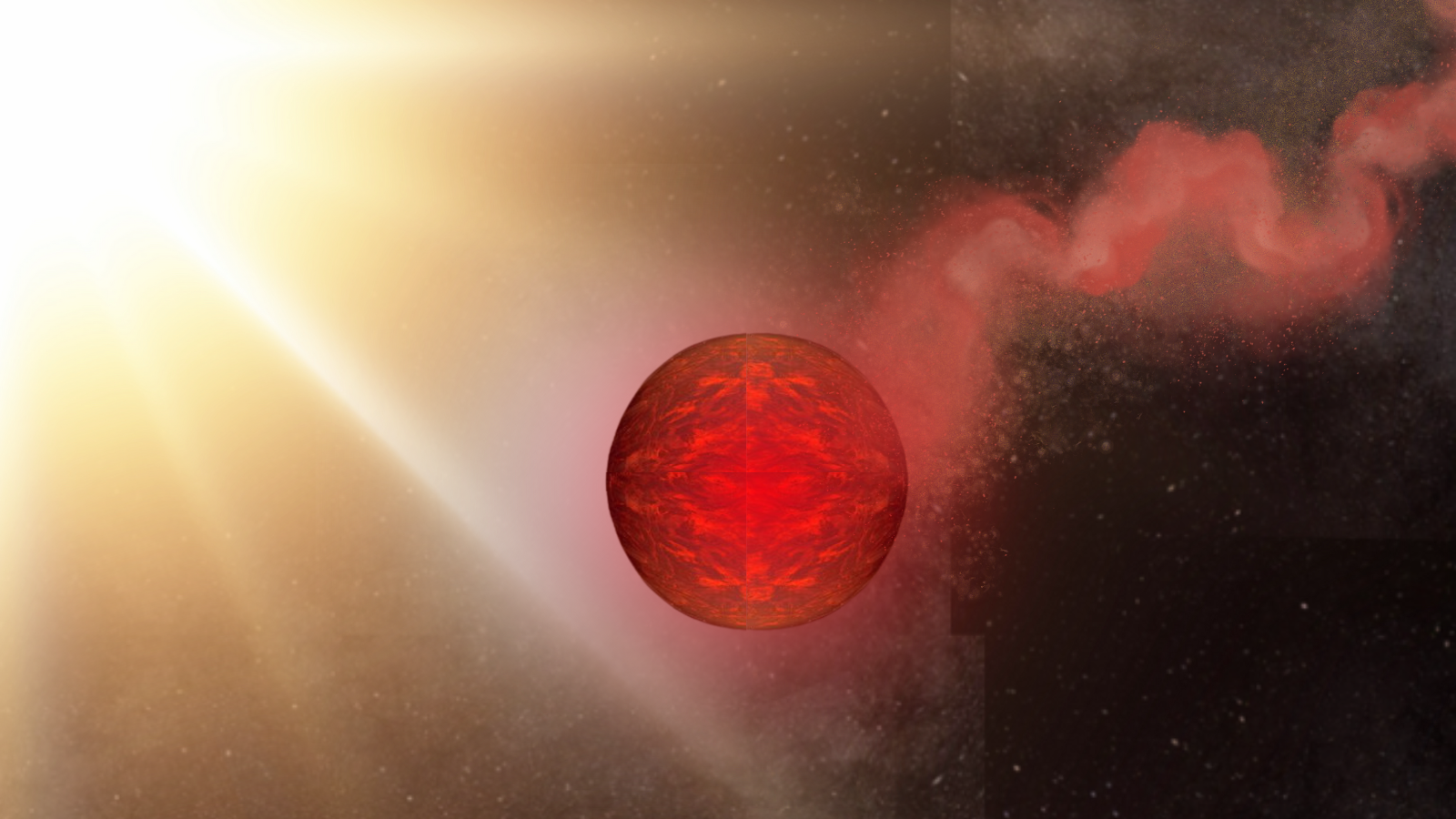X Files Opened: The National Security Agency's UFO Investigations Unearthed
Thereis one question that persistently circles the community of Unidentified FlyingObject (UFO) true-believers: If the government has nothing to hide, UFO fansoften ask, then why is it keeping so many UFO records under lock andkey?
"Well,it turns out that the government does have something to hide, but it hasnothing to do with extraterrestrials," said Steven Aftergood, director of the Projecton Government Secrecy at the Federation of American Scientists in Washington, D.C.
Adocument has surfaced that had been stamped "Top Secret Umbra"--the codeword forthe highest, most sensitive category of communications intelligence.
Theonce-classified affidavit was originally filed by the National Security Agency (NSA)in a 1980 lawsuit to justify the withholding of records on UFOs. The documentis largely declassified--with certain sections cut out, ostensibly to protectemployee names, and keep NSA technologies, skills, and foreign connections outof the limelight.
Thedocument--In Camera Affidavit of Eugene F. Yeates: Citizens Against UFOSecrecy v. National Security Agency, October 9, 1980--was released inredacted form on November 3 in response to a Freedom of Information Act (FOIA) requestfrom researcher Michael Ravnitzky and posted on the website of the Federationof American Scientists.
Foreign signals
Aread of the document yields insight into how a super-secret agency like the NSAbecame caught up in the UFO phenomenon.
Breaking space news, the latest updates on rocket launches, skywatching events and more!
Createdin November 1952, The National Security Agency/Central Security Service is America's cryptologic organization. It coordinates, directs, and performs highlyspecialized activities to protect U.S. government information systems andchurns out foreign signals intelligence information.
Beinga high-tech organization, the NSA is a cutting-edge home for communications anddata processing. It is also a center for foreign language analysis and researchwithin the government.
Thejust-released 1980 document explains that a total of 239 documents related toUFOs were located in NSA files, with 79 of those documents originating withother government agencies. One document is an account by an NSA officialattending a UFO symposium. A healthy chunk of these reports were producedbetween 1958 and 1979.
Deceptive data
Thetitles of NSA-related UFO documents that are noted in the declassified documentare intriguing, such as UFO Hypothesis and Survival Questions.
Anothertitle cited is UFO's and the Intelligence Community Blind Spot to Surpriseor Deceptive Data. In this seven-page, undated, unofficial draft of amonograph authored by an unnamed NSA employee, the author reportedly points outwhat he considers to be "a serious shortcoming" in the NSA's communications intelligence(COMINT) interception and reporting procedures. That is, "the inability torespond correctly to surprising information or deliberately deceptive data."
Theunidentified author uses the UFO phenomenon to illustrate his belief that theinability of the U.S. intelligence community to process this type of unusualdata adversely affects U.S. intelligence gathering capabilities.
Withinthe pages of the newly-released affidavit--and between sections of excised copy--itshows NSA intercepted in 1971 communications between two aircraft and a groundcontroller discussing a "phenomena" in the sky, as well as radar screenobservations, labeling what was viewed as "unidentifiable" objects.
Otherintercepted and decrypted reports of bright lights, luminous objects, andunidentified aircraft--along with an elongated ball of fire--scooting through theskies over non-U.S. countries are noted too.
Intercept operations
The21-page affidavit makes clear that release of documents for public scrutiny,for a variety of reasons, "would seriously damage the ability of the United States to gather this vital intelligence information."
Furthermore,how the NSA works with a network of foreign sources, organizations, and othergovernments to secure intelligence data would be adversely affected.
Themajority of these records, explained NSA official Eugene F. Yeates in the 1980 affidavit,were communications intelligence reports that "are the product of interceptoperations directed against foreign government controlled communicationssystems within their territorial boundaries."
New insight
Accordingto Aftergood, the newly declassified Yeates affidavit provides new insight intothe types of records sought by UFO researchers that have been withheld by NSA.
"Evenwith all of the deletions, one can get a sense of the enormous scale--and theapparent success--of the worldwide electronic intercept operations conducted byNSA at the height of the Cold War," Aftergood told SPACE.com.
"Unfortunatelyit is not clear from the affidavit how the withheld documents might haverelated to UFOs," Aftergood said. "There must have been some connection inorder for them to be within the scope of the original FOIA request...but I haveno idea what it was."
Butfor those hungry to show a great government conspiracy is at work and thatalien-driven UFOs routinely cruise through our skies, the just brought to lightdocument won't help you.
"Theaffidavit does not discount the UFO phenomenon...it simply doesn't address it oneway or the other," Aftergood concluded.
Toview the affidavit, check out: http://www.fas.org/irp/nsa/yeates-ufo.pdf
- Wraps Come Off Cold War SpySat Program
- Silent Running: 'Black Triangle' Sightings on the Rise
- Investigation Casts Light on the Mysterious Flying Black Triangle
- Project Echelon: Orbiting Big Brother?

Leonard David is an award-winning space journalist who has been reporting on space activities for more than 50 years. Currently writing as Space.com's Space Insider Columnist among his other projects, Leonard has authored numerous books on space exploration, Mars missions and more, with his latest being "Moon Rush: The New Space Race" published in 2019 by National Geographic. He also wrote "Mars: Our Future on the Red Planet" released in 2016 by National Geographic. Leonard has served as a correspondent for SpaceNews, Scientific American and Aerospace America for the AIAA. He has received many awards, including the first Ordway Award for Sustained Excellence in Spaceflight History in 2015 at the AAS Wernher von Braun Memorial Symposium. You can find out Leonard's latest project at his website and on Twitter.
